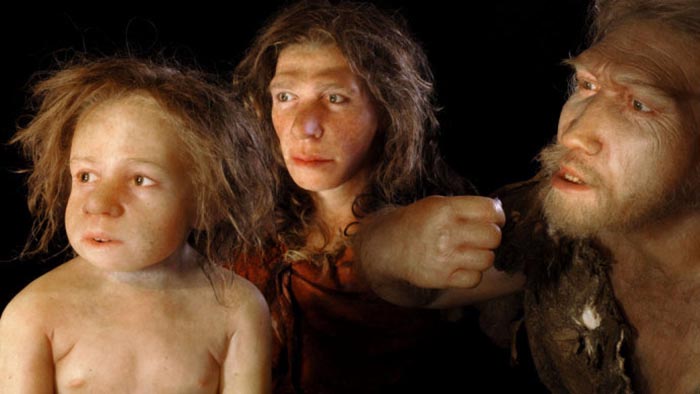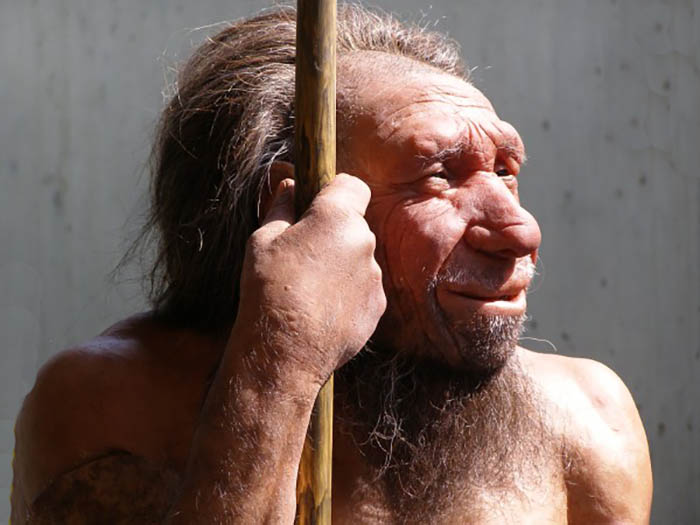 The history of human evolution has been altered several times over the past few decades. For this, at least two areas of anthropological research have contributed: several discoveries of new fossils in Africa, Asia, Europe, Middle East, Indonesia, among other places; the development of new and very sensitive DNA microextraction techniques and the sequencing of old genomes.
The history of human evolution has been altered several times over the past few decades. For this, at least two areas of anthropological research have contributed: several discoveries of new fossils in Africa, Asia, Europe, Middle East, Indonesia, among other places; the development of new and very sensitive DNA microextraction techniques and the sequencing of old genomes.
Any one of these areas has brought new and exciting information about the evolution of our species. Genetic studies, however, have allowed to extract much more information beyond fossil finds and even in their absence!
Proof of this are two articles published in the last two weeks in magazines Science e Nature, both related to genetic studies, which come to shake the waters in which the history of human evolution navigates.
Na Science, a study was published that analyzes the genetic inheritance in our genome from Neanderthal man and associates this inheritance, just over 2% of the modern human genome, with diseases such as depression, tobacco addiction, myocardial infarction and some skin lesions.
Na Nature, the results of an analysis of the genome of a Neanderthal, whose remains were found in a cave located in the Altai Mountains of Siberia, near the border between Russia and Mongolia, were published. These results are amazing. They show the existence of very ancient remnants of modern man genes in the analyzed Neanderthal ancestors.
This work indicates that there may have been sexual intercourse between Neanderthals and anatomically modern humans about 100 years ago. Now this implies that the date when the first Homo sapiens migrated from Africa to Eurasia will need to be reassessed and much anticipated.
Recall that the first fossils of Homo sapiens found in Europe are about 45 years old, when the European continent was populated by Neanderthals. At least, that's what the fossils found so far told us.
 Before this study, it was thought that the first time that the two species would have procreated would have been around 47 to 65 years ago (which left in our genome the inheritance of around 2% of Neanderthal genes) and that modern man would have first left Africa 65 years ago.
Before this study, it was thought that the first time that the two species would have procreated would have been around 47 to 65 years ago (which left in our genome the inheritance of around 2% of Neanderthal genes) and that modern man would have first left Africa 65 years ago.
These new analyzes show that the modern man who left his genetic imprint on that Neanderthal found in Siberia can only have belonged to a group that migrated from Africa tens of thousands of years earlier than the direct ancestors of today's Europeans and Asians.
However, the international team of scientists who carried out the study admit to knowing very little about these first migrants. Sergi Castellano, from the Max Planck Institute for Evolutionary Anthropology in Germany and co-author of the study, told AFP that the analyzes carried out “only” show that these first travelers “separated very early from other modern men in Africa and that they bred with Neanderthals a few years ago 100 years."
But, he stresses, "this is the first genetic proof of the presence of modern man outside Africa, although it is indirect, since we do not have the bones of those first migrants, but only the genetic marks they left on Neanderthals."
Anyway, this study confirms that there were crosses with fertile descent between Neanderthals and Homo sapiens, and galvanize the search for fossil remains of the first modern humans to reach Eurasia.
Author Antonio Piedade
Science in the Regional Press


















Comments